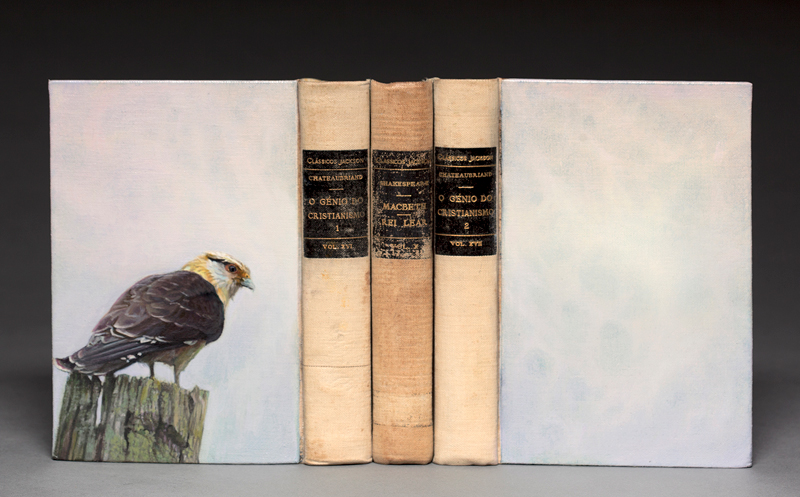
Photograph: © Guy Laramée
The conference of birds
“Quando o mundo é real, você é um sonho.
Quando você é real, o mundo é um sonho.”
“When the world is real, you are a dream.
When you are real, the world becomes a dream.”
—Albert Low, Zen Master
Guy Laramée (born 1957) is a multilingual, Montréal-based, multi-disciplinary artist. For more than three decades, he has worked as a director, composer, fabricator of musical instruments, singer, painter, sculptor and writer. Guy is represented by the JHB Gallery, New York.
Previously, The Culturium featured Guy’s ethereal paintings in a piece written in French about experiencing the “freshness” of the moment after a day spent in his studio; in this week’s guest post expounded in Portuguese, he describes his encounter with the incumbent birdlife of the “Serra do Corvo Branco” or “Range of the White Raven” region in southern Brazil and the series of beautiful book sculptures, Onde Eles Moram (Where They Live), he subsequently created.
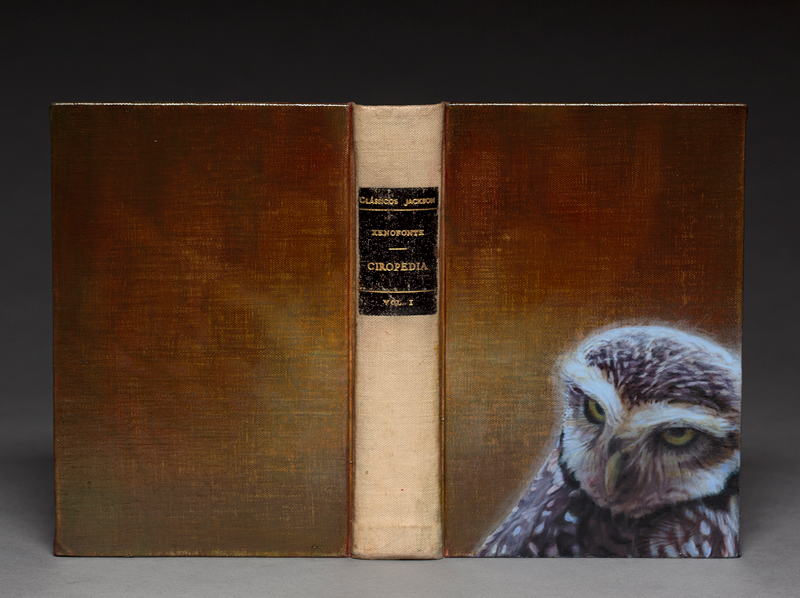
Photograph: © Guy Laramée
ESSE PROJETO É inspirado por duas viagens que realize na região sul do Brasil, a chamada “Serra do Corvo Branco”, situado no estado de Santa Catarina. Essa cadeia montanhosa é parte de um cânion de 200 quilômetros conhecido como “Aparados da Serra”, onde o altiplano se estende até o nível do mar, criando um desnível de 6,000 metros que resulta em uma topografia dramática com fendas e agulhas, parcialmente coberto pela densa vegetação da Floresta Atlântica, o ecossistema com a maior biodiversidade do planeta. É dito que essa falha geológica teria origem na separação entre os continentes da África e da América. A Serra do Corvo Branco recebeu esse nome por ser o lar do Urubu-Rei, um pássaro imponente que foi confundido pelos primeiros colonizadores com um corvo branco. No entanto, os primeiros habitantes da região acertaram ao nomear a região com um nome de pássaro, pois na verdade, os verdadeiros donos desse lugar são os pássaros. Sua variedade, cantos e vivacidade me fascinaram.
THIS PROJECT IS inspired by two trips to a region of southern Brazil called “Serra do Corvo Branco” (“Range of the White Raven”). Aparados da Serra is a specific mountain pass that is part of an hundred-mile-long line of canyons, where the high plateau sinks down near to sea level—a 5,000-foot drop over one mile, creating a dramatic topography of crevasses and needles, somewhat covered with the dense vegetation of the Matta Atalantica, the ecosystem with the highest biodiversity in the world. It is said that this fault line is actually the true topographical divide between Africa and South America. The Serra do Corvo Branco was named after a magnificent bird that lives there, the Urubu-Rei (King of the Vultures). The first white settlers mistakenly took the Urubu-Rei for a white raven. The true owners or rulers of this region are the birds, which was completely acknowledged by the settlers. Their diversity, songs and liveliness captivated me.
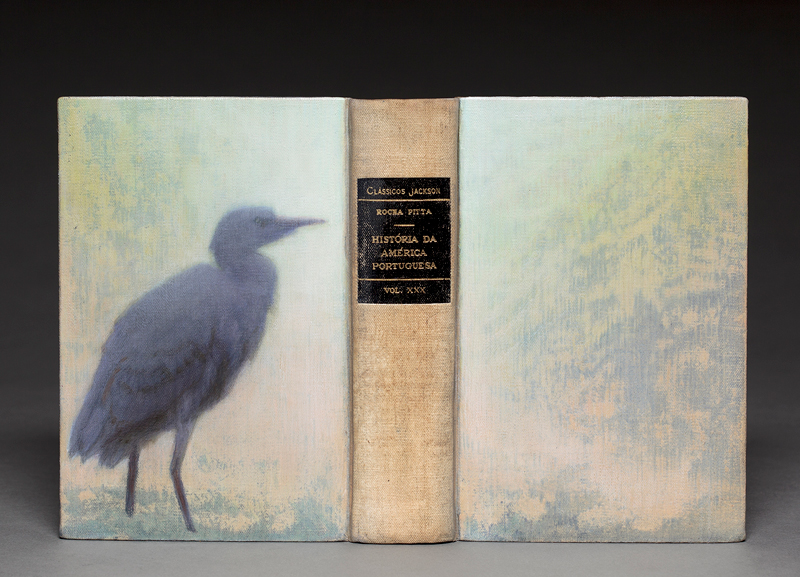
Photograph: © Guy Laramée
Durante quatro meses, viajei na Serra do Corvo Branco para fotografar os inúmeros pássaros da região, mas eles sempre escapavam de minhas lentes. E chegou então um momento em que senti que estava me tornando um deles. Eu era um daqueles pássaros. Eles tinham algo a me contar; algo terrível sobre o absurdo que é a atormentada condição humana. Dedico essa série de esculturas-pinturas a esses Pássaros e à terra onde vivem. Além dos meses de pesquisa e fotografia na Serra do Corvo Branco, o trabalho final me tomou nove meses de dedicação exclusiva.
Over four months, I made various field trips to photograph the canyons; however, each time these damn birds found their way to my lens! At some point, I felt that I was becoming one of them. Clearly, they had something to tell me and this had to do with the absurdity of our tormented human condition. I decided to dedicate this series, Onde Eles Moram (Where They Live), to them and the land where they live. Aside from the months of fieldwork, as well as the subsequent editing of the thousands of photos, the actual artworks took over nine months to complete.
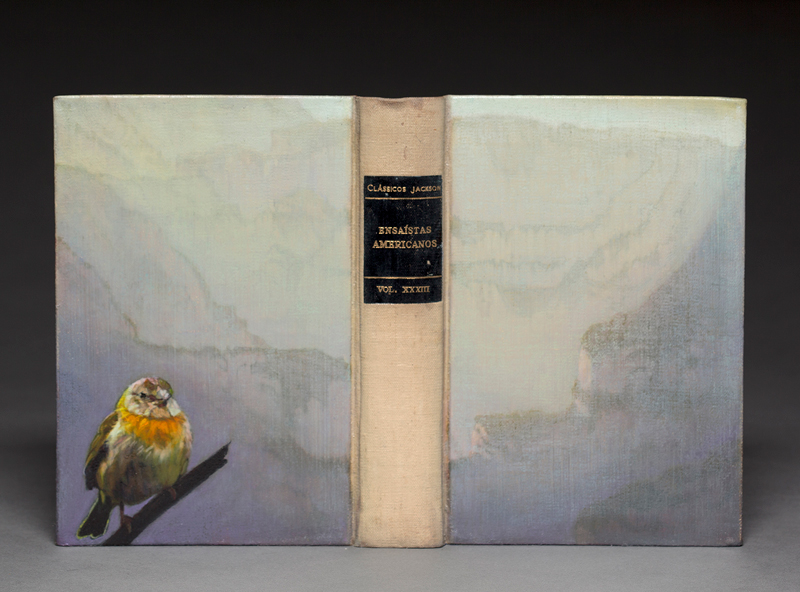
Photograph: © Guy Laramée
Estar na companhia dos Pássaros é uma aventura em si. Mas pinta-los é uma estória mais complexa ainda. Durante meu processo criativo, aqueles Pássaros tornaram-se fantasmas dos bastidores de um teatro … como que se posassem em frente de um papel de parede… mirando um cenário evanescente … Os Pássaros entraram nos meus sonhos, desvendando quem é o sonhador. Foi através de seu olhar insistente que as paisagens-miniaturas se revelaram. A magica da Testemunha foi então descoberta: se não ha testemunha, não existe mundo.
Being in the company of these lively beings was one thing, painting them was another story. They became like ghosts on a theatre backdrop, posing in front of wallpaper, looking at a vanishing scenery. They incorporated our dream, revealing the dreamer. Through their insisting gaze, the working of the miniature landscapes evolved, the magic of the witness was revealed: no witness, no world.
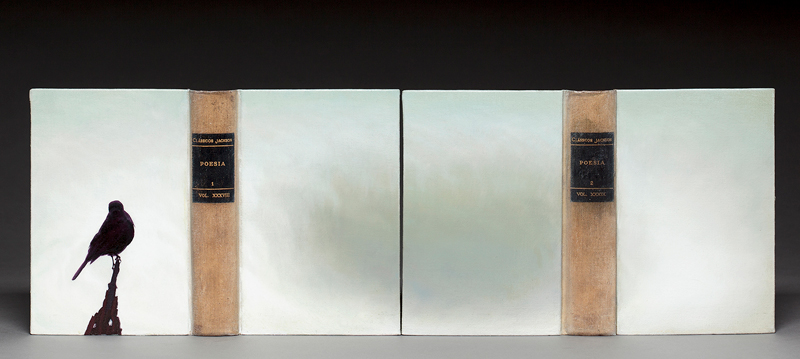
Photograph: © Guy Laramée
A série é composta de nove livros cujo eixo estético é duplo: um lado é pintado e o outro lado é esculpido. Encontrei esses livros em vários sebos em Florianópolis, capital do estado de Santa Catarina. Os livros fazem parte de uma série de clássicos literários publicados no Brasil na década de 50. A encadernação é feita com linho, que desbotou com o tempo. As delicadas nuances de jade desse tecido me seduziram e me inspiraram na escolha da palheta de minha pintura.
The series is composed of nine book sculptures, each of which has as a central feature a two-sided work: the front and back covers painted; the inner pages carved. I found the books in various second-hand bookstores, in Florianopolis, the capital of Santa Catarina. They are all tomes of Classicos Jackson, a series of literary classics published in the ‘50s in Brazil. I was greatly seduced by their rich, linen covers. The faded jade tones of the fabric inspired most of my palette for the paintings.
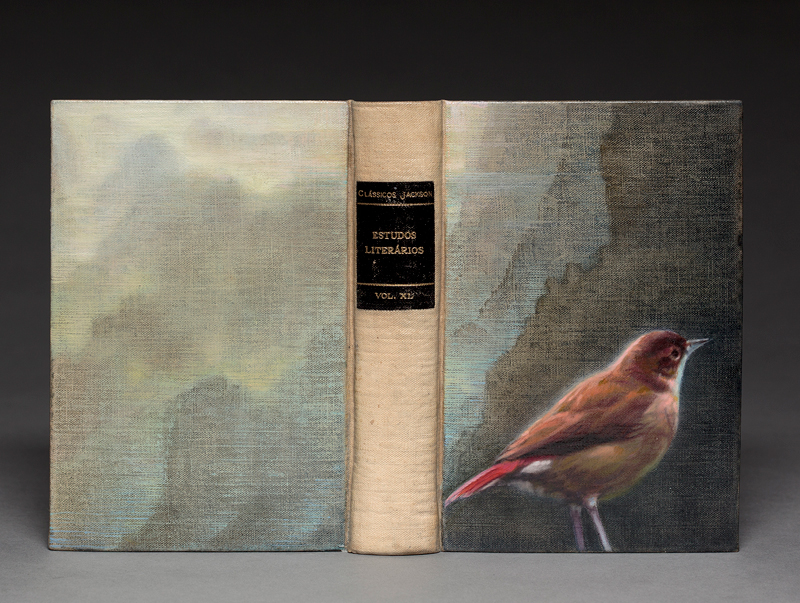
Photograph: © Guy Laramée
A série pode ser vista como uma metáfora do “Coro de Pássaros” do autor japonês Utamaro, século XVIII. Nesse famoso livro em forma de acordeão, o autor usa pássaros para representar os vários aspectos das relações românticas. Meu projeto vai na direção oposta a de Utamaro: unificados com seu meio ambiente, os Pássaros são como os andarilhos solitários das pinturas de Caspar Friedrich, nos convidando a refletir sobre nosso dilema existencial.
The series could be seen as paraphrasing Utamaro’s Chorus of Birds. In his famous 18th-century accordion book, the Japanese artist used birds to portray various aspects of romantic relationships. My project heads in the opposite direction. One to one with their habitat, my birds are more like the solitary wanderers of Caspar Friedrich’s paintings, allowing us to meditate on our existential dilemma.
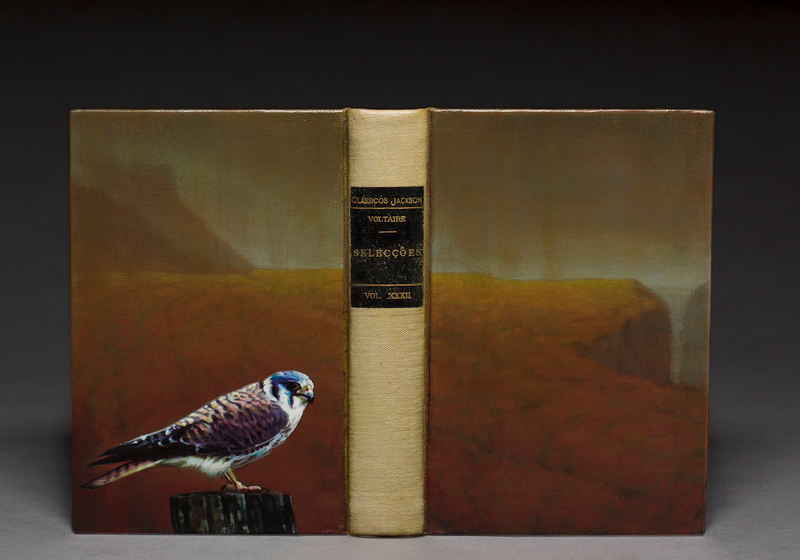
Photograph: © Guy Laramée
Nos não vivemos no mesmo mundo que os Pássaros. Nos transformamos nosso mundo em um objeto do qual nos sentimos hoje alienados. Mas é verdade também que nos também vivemos em cânions; vivemos nas falhas das nossas paixões que—tal qual a vegetação dos Aparados da Serr— agarram firmes nas rochas das falsas certezas. Tudo para não cair no abismo do Não-Conhecivel.
Man and bird do not live in the same world, one where we have transformed the world into an object, one from which we now feel alienated. And yet, we also live in canyons, the fault lines of passions, where, like the vegetation of the Aparados, we hold firm to the rocks of our false certainties, not to fall into the abyss of the Unknowable.
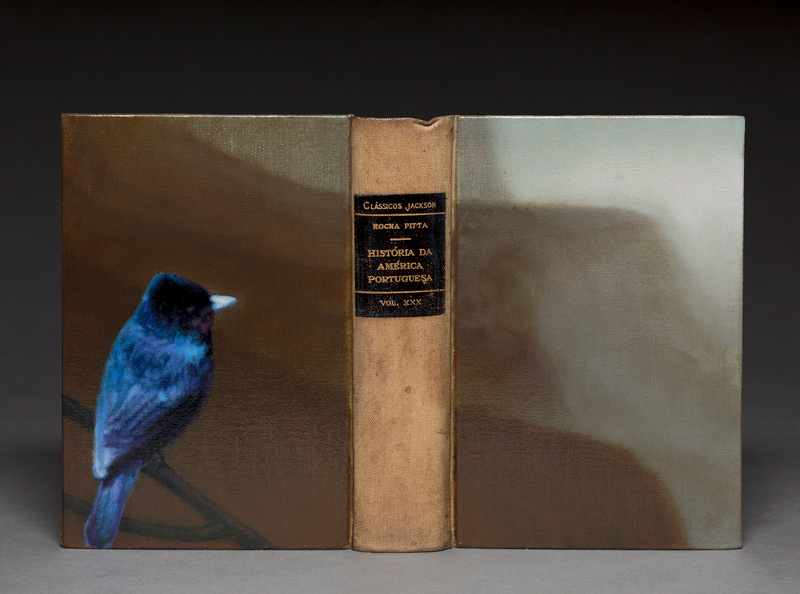
Photograph: © Guy Laramée
Nos vivemos em livros. Nos vivemos dentro de nossas cabeças. Os Pássaros vivem no eterno frescor do momento—e nada mais precisa ser dito quanto a isso. É isso: os Pássaros vivem no lugar onde nada mais precisa ser dito. E ainda assim eles cantam. Talvez nos deveríamos morar onde Eles moram. Na solidão das paisagens virgens, nos podemos redescobrir nossa intima relação com o mundo. E dentro dessa intimidade podemos ver que nunca estivemos separados daquilo que chamamos “natureza”. Nem mesmo quando nos transformamos essa “natureza”. Nos não estamos no mundo. “O mundo esta em nos”, diz um sábio hindu. Nos somos natureza.
We live in books. We live in our heads. (We don’t fly that often, do we?) The birds live in the ever freshness of the moment—and nothing else needs to be said about this. That’s it—they live in a place where nothing else needs to be said. And yet they sing. Maybe where they live is where we should live. In the solitude of virgin landscapes, we might rediscover our intimate relationship to the world. In this intimacy, we may see that we were never cut off from what we call nature, even when we transform it. We are not in the world, the world is in us, an Indian wise man once said. We are Nature.
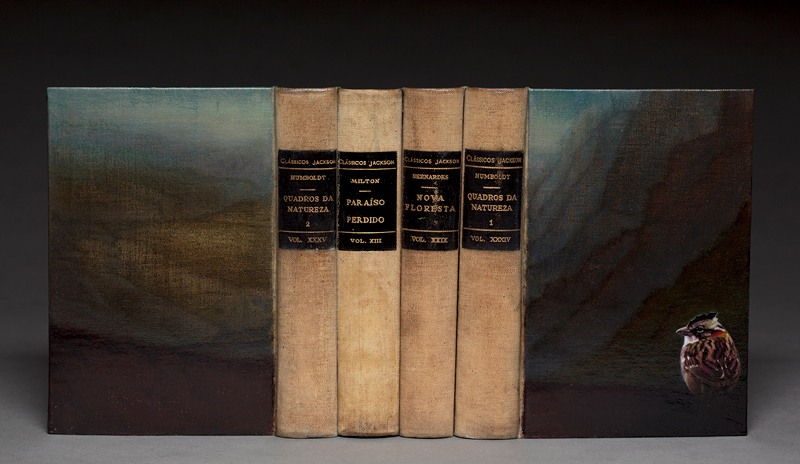
Photograph: © Guy Laramée
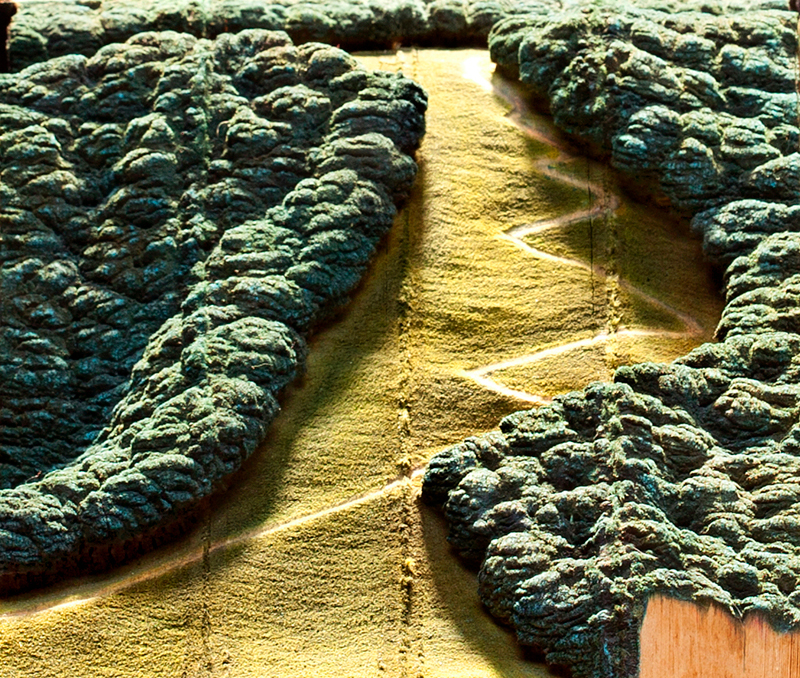
Photograph: © Guy Laramée

Photograph: © Guy Laramée
Post Notes
- Guy Laramée’s website
- JHB Gallery
- Guy Laramée, No Outside, TEDx Binghamton University
- Guy Laramée: Fraîcheur
- Agnes Martin: Writings
- Rashid Maxwell: To Save the Planet With a Paintbrush
- Wassily Kandinsky: Concerning the Spiritual in Art
- Antony Gormley: Sculpted Space Within and Without
- Carl Gustav Jung: The Red Book, Liber Novus
